
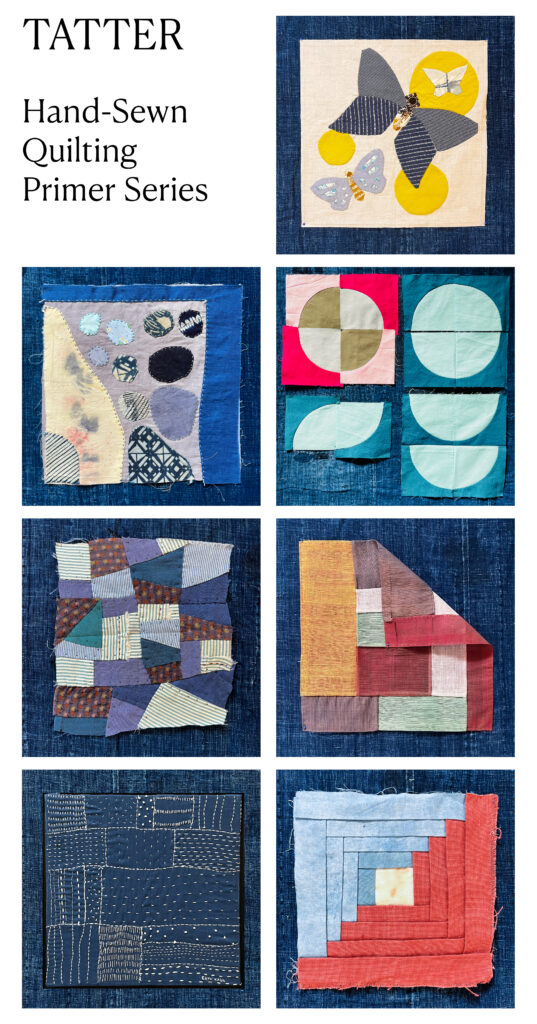
The history of quilting is incredibly vast, with techniques and materials varying widely across the world. In their simplest blanket form, quilts hold us, and warm us. They reveal histories through cloth and stitch — inspiring records of creativity and resourcefulness that teach us care and comfort, strength and repair, and the beauty of personal expression. They tell stories of their origin and creator through every particularity in stitch and design. Deeply personal narratives are preserved, held within the fibers.
Our Hand-Sewn Quilting Primer Series is a way to explore and celebrate the meaning and practice of quilting. We have gathered a wonderful group of teachers, each dedicated to sharing a beautiful range of quilting knowledge. They are Sarah Nishiura, Heidi Parkes, Tara Faughnan, Zak Foster, Youngmin Lee, Ekta Kaul, and Aaron Sanders Head. Each of these artists inspires us deeply, their skill and commitment to craft shining through in their art and teaching. Join us in connecting the incredible history and rich creative potential of quilting!
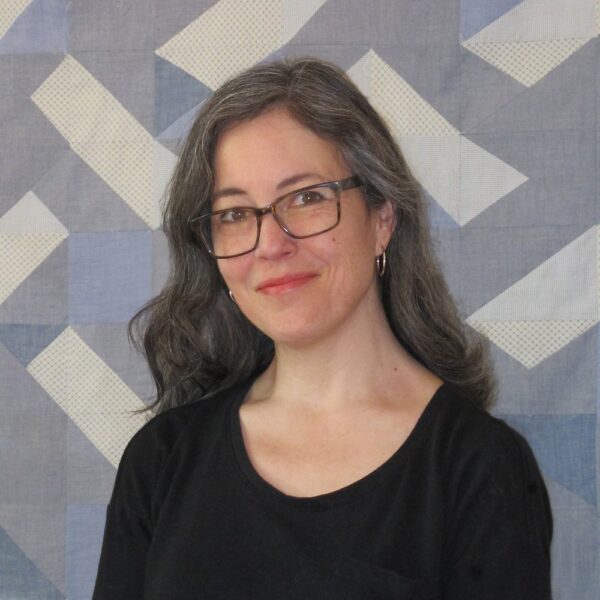
Sarah Nishiura‘s love of nature, textile traditions, and math find their way into her pieced and hand-quilted works. Sarah cites her love for geometry as an inheritance from her father. Her quilts are intricate – geometric shapes, patterns, and colors joining to create one-of-a-kind compositions that display keen precision and eye for detail. She remembers the first quilt she ever made, “about 30 years ago. It is an assortment of stars on a blue background. It was all hand sewn (I didn’t have a sewing machine in those days) and it is made from materials I found at the thrift store. I still use it on my couch today! I recently sewed a strip of eyes from a beautiful piece of African wax print fabric into the binding of a quilt which I made as a tribute to my father. It’s like he’s watching me!” In our series, Sarah offers us Precise Appliqué. She will focus on hand appliqué and traditional stitching techniques, aiding students in exploring and perfecting a range of simple shapes.

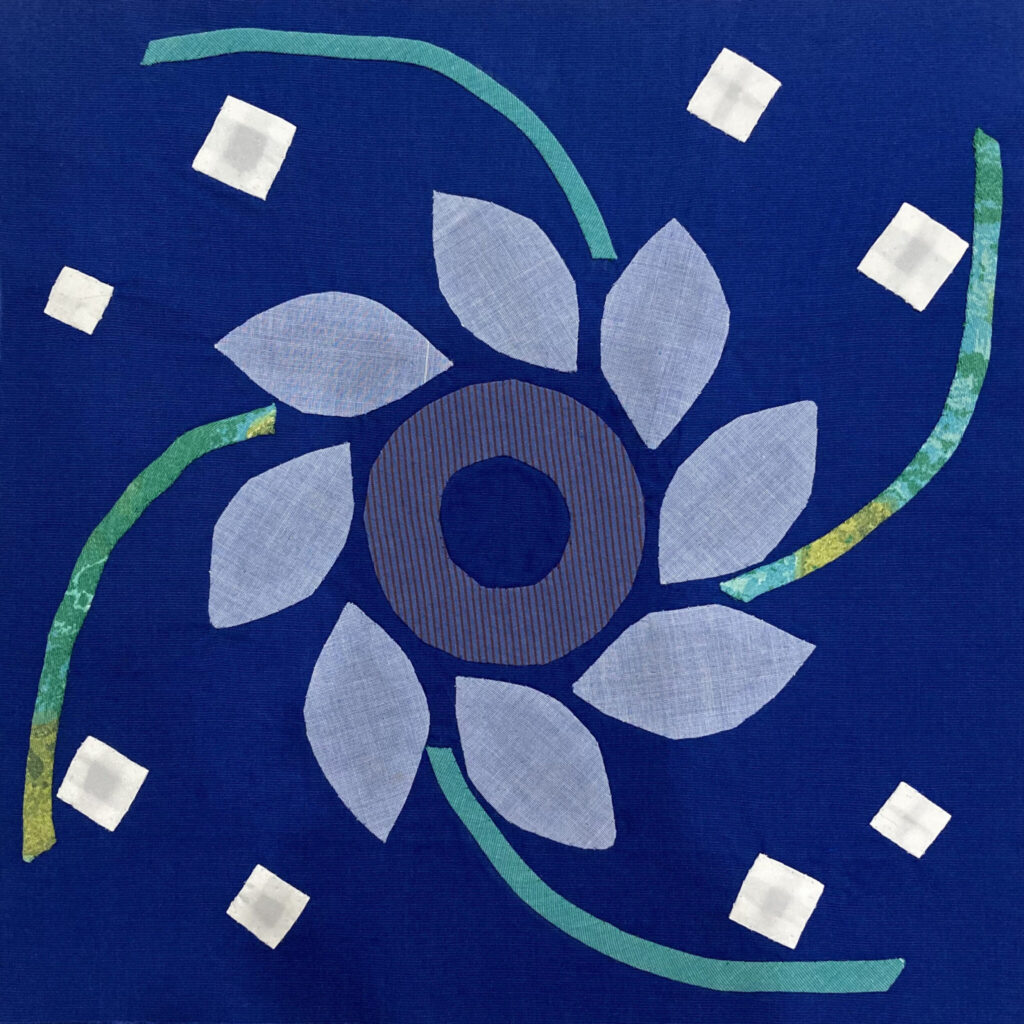
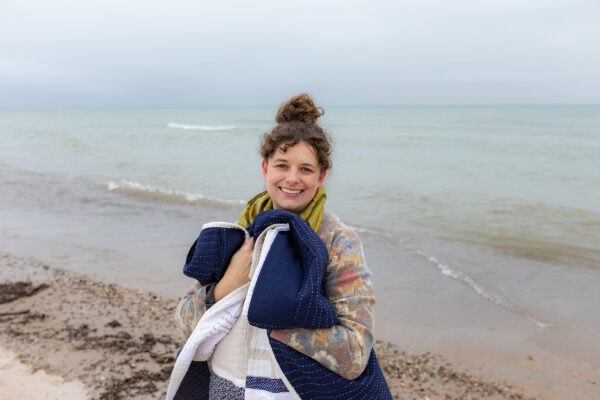
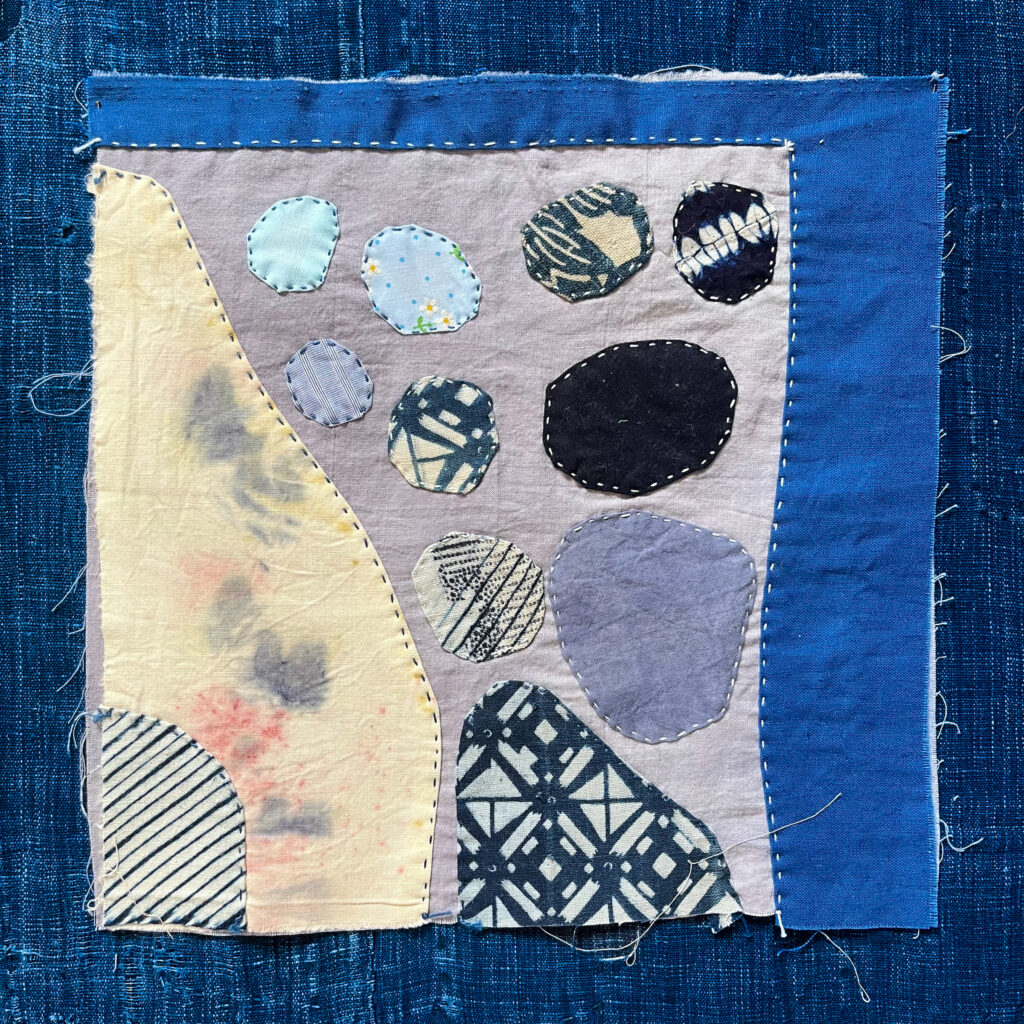
Heidi Parkes is a quilter, artist, and yoga therapist based in Milwaukee, Wisconsin. Heidi’s quilted compositions take form through delightful improvisation. “My first quilt was made in a college metalworking class, it’s certainly not the coziest quilt I’ve ever made,” she remembers, “The class assignment was to ‘make something that was as important on the inside as the outside’- and I thought of making a quilt!”
Heidi implements visible appliqué techniques, celebrating the hand, pace, and process of stitching. Her large, diaristic works include thoughtfully placed running stitch lines which secure the appliqué, and add intriguing visual and tactile layers to the surface. These quilts reflect feelings, places, and moments through imagery and texture. “Every time I show up to work on a quilt,” she says, “I feel curious. That’s what keeps me coming back for more.” In the series, Heidi offers us Improv Appliqué with visible hand piecing. She will also share about her own use of improv and hand piecing in her personal quilting practice, and suggestions for bringing your day into your work.
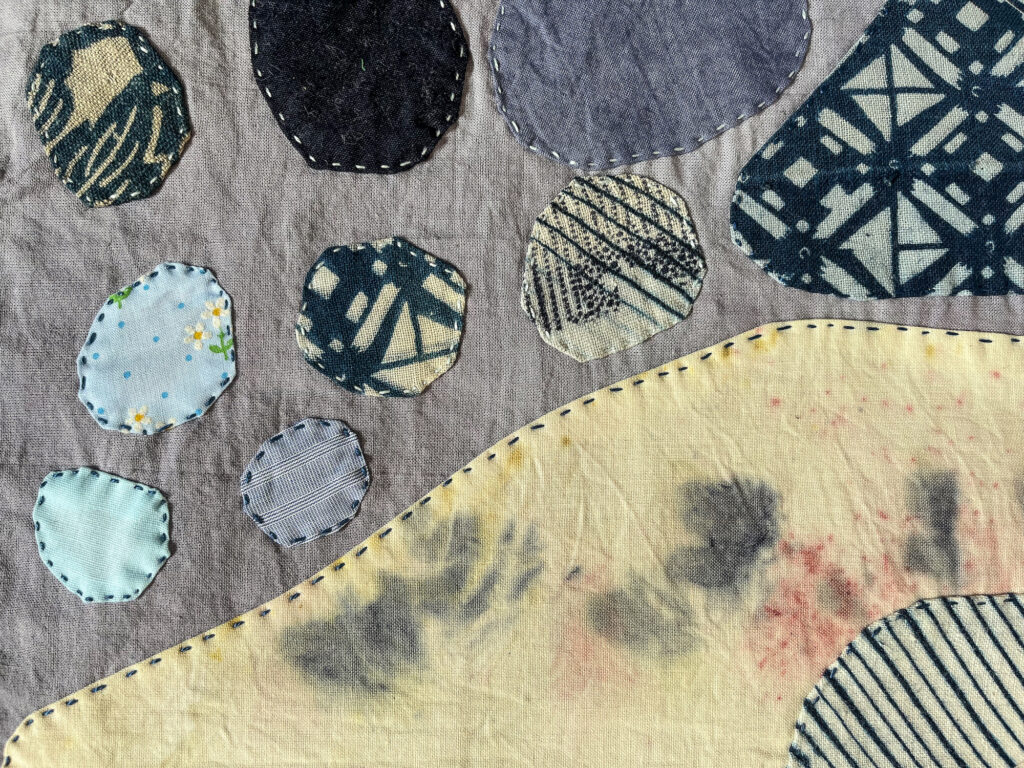
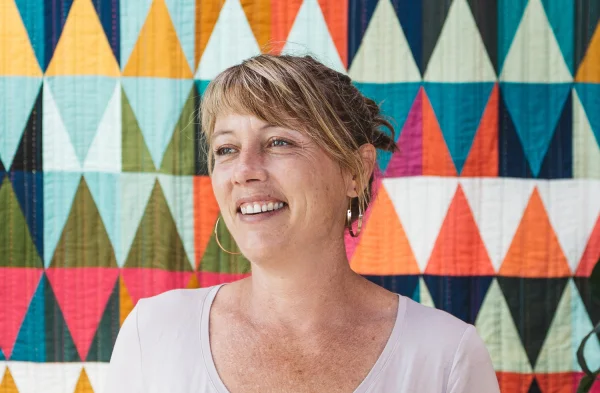
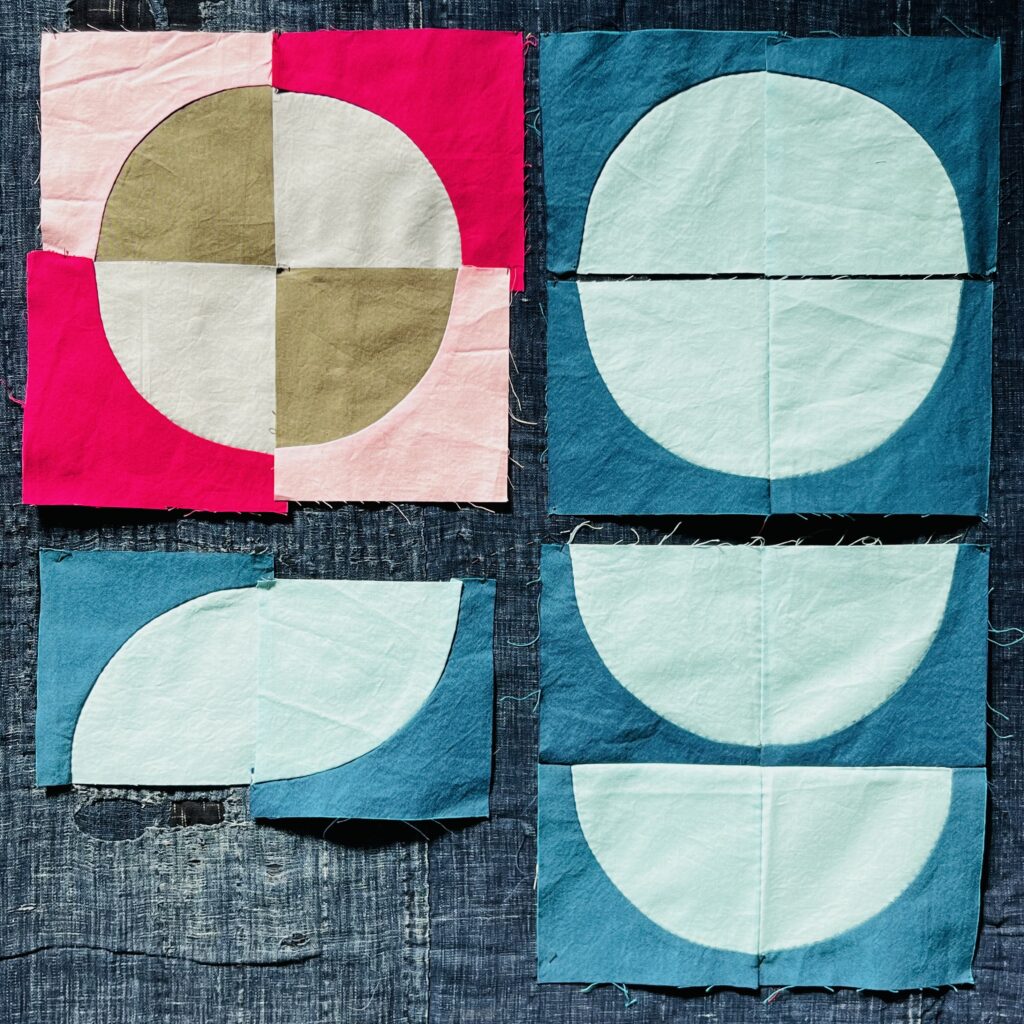
Tara Faughnan lives and works in Oakland, California. Her quilts are bright, with beautifully complex patterns and rhythms created through skillful placement of shape and use of color. She recalls how she felt making her first quilt “vividly, the excitement and infatuation with this craft hit me from the first stitch.” Pattern and color are the seeds for her inspiration. She tells us, “I love to look at paintings and patterns from around the world, geometric shapes, vintage quilts. I study the colors everywhere I go- from nature to what’s in Target at the moment.” She focuses on bold geometry and explores the lines between harmony and dissonance as expressed in color.
In the Quilting Primer Series, Tara offers us Precise Curved Piecing. Using the Drunkard’s Path quilt block as example, she will guide students through the basics of hand piecing and sewing curves. She will explore how to arrange color and design to create movement and dynamism in your compositions.
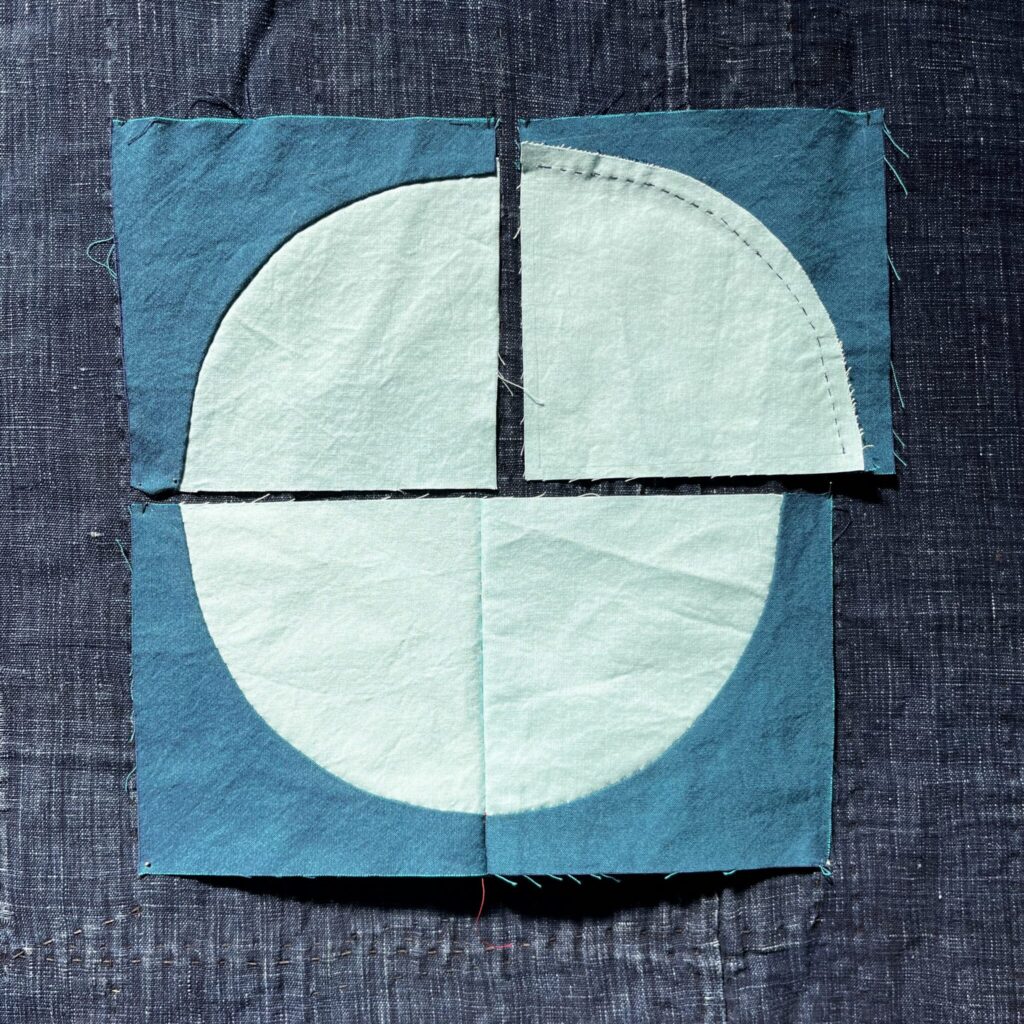
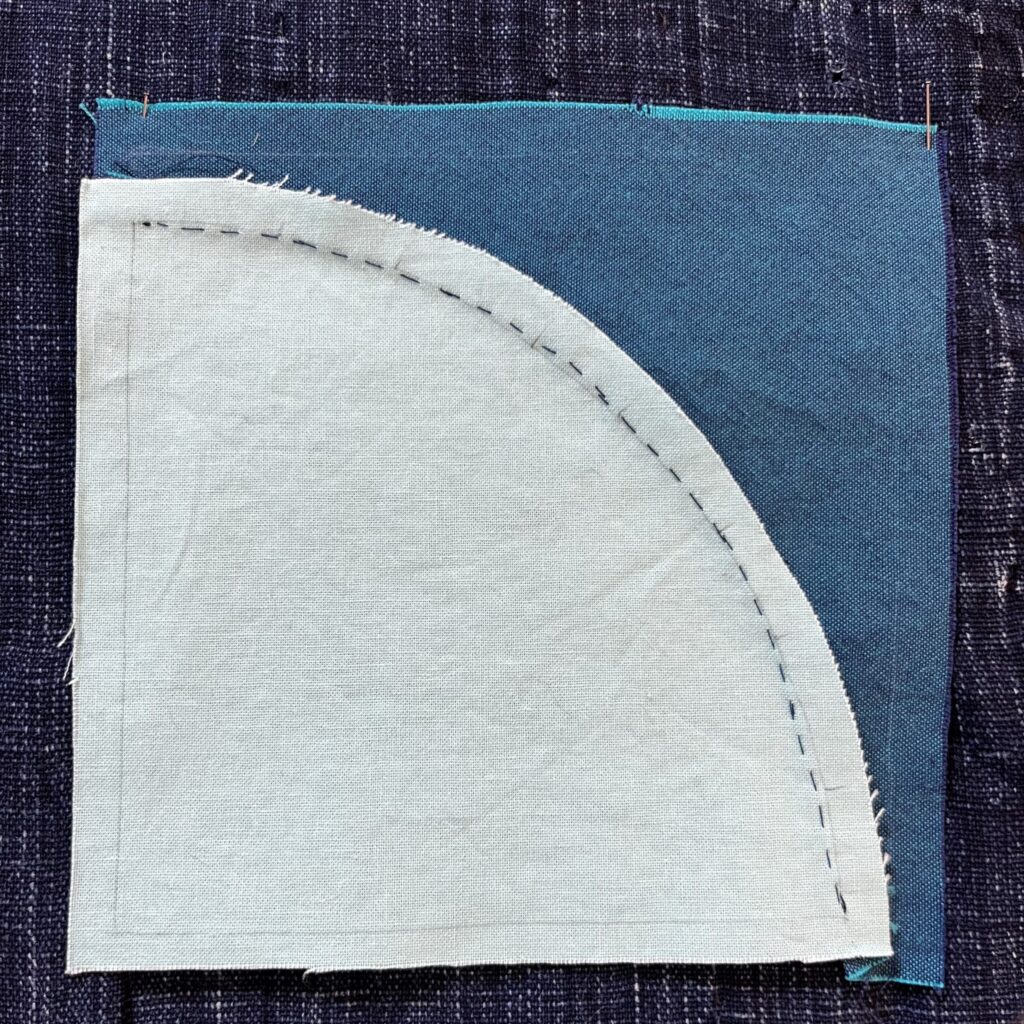
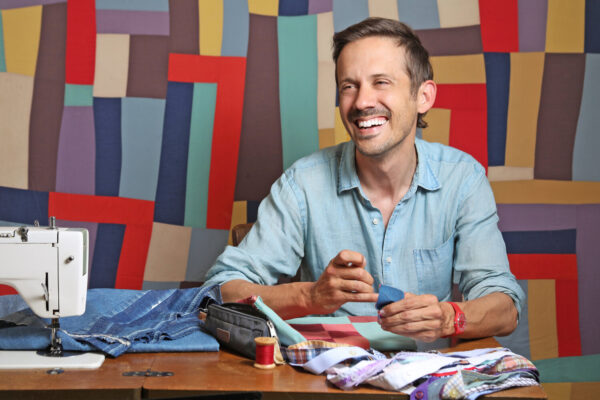
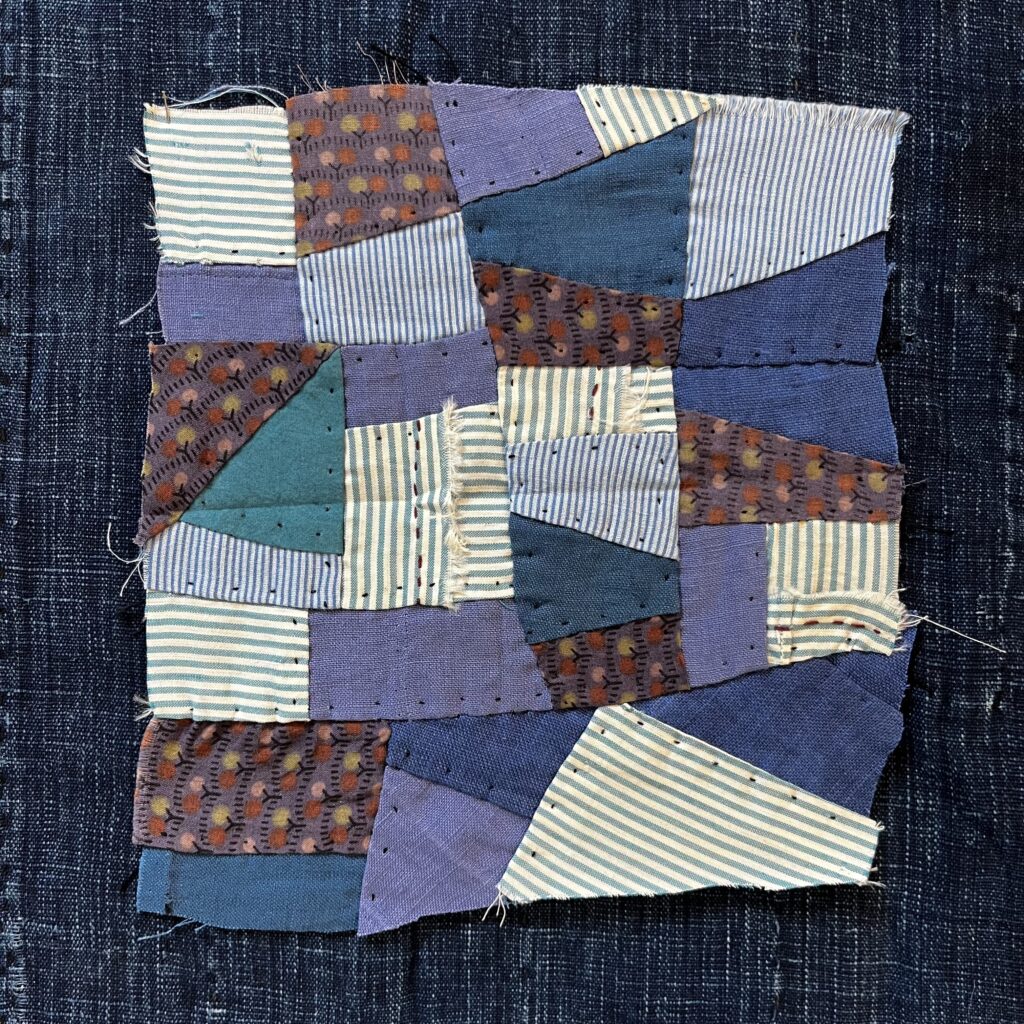
Using natural dyes and found fabrics, Zak Foster’s quilted work draws on Southern textile traditions while implementing an intuitive approach to making. Zak’s work preserves and conveys the stories held within the cloth itself. Zak’s burial quilts and memory quilts explore comfort, home, celebration, and legacy. Zak notes, “I love how when I quilt it feels like I’m sitting at the quilting frame with countless grandmothers and aunts who have honed the craft over centuries.”
We asked Zak where quilting inspiration is found: “the fabric, always!” Zak’s quilts, often made of repurposed clothing and household textiles, set the ground for this process of storytelling and remembering. Zak offers us Improvisational Patchwork, a method of piecing quilts that has a long and complex history which largely starts in Gee’s Bend, Alabama, in a Black, rural community whose work is now exhibited around the world. Zak will touch on this cultural context and its implications for modern makers, as well as covering basic sewing techniques to create patchwork quilt blocks.
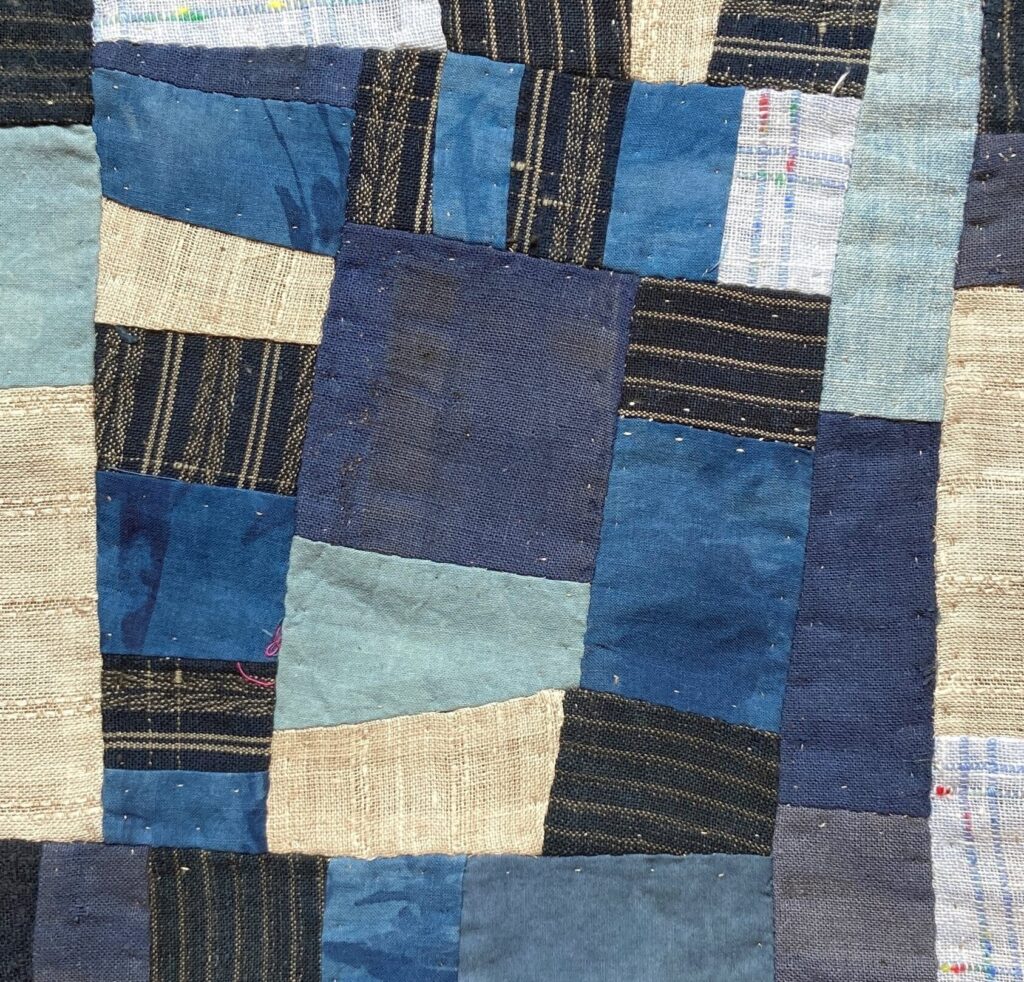
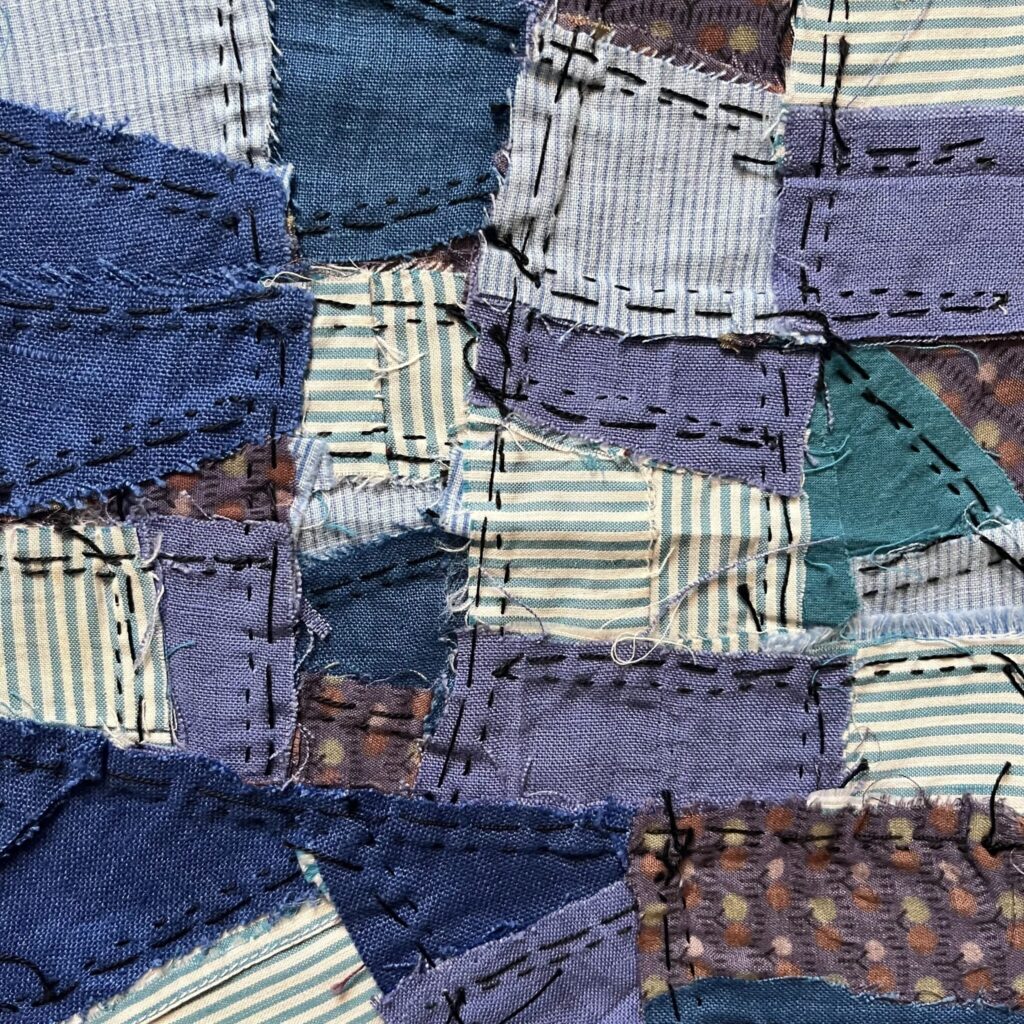
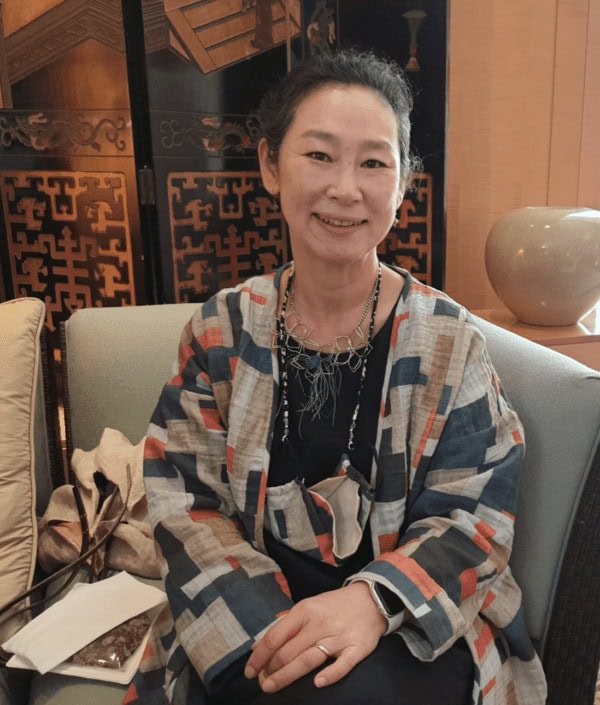
Born in South Korea and now based in the Bay Area, California, Youngmin Lee is an artist specializing in cloth. Youngmin aims to bring people together through recognizing the universal quality of slow and deliberate hand work, while simultaneously educating about and celebrating her traditional Korean heritage. “Quilting helps me to clear my mind and recharge my creative energy,” she says. Thinking about her favorite quilt she’s ever made, she remembers, “I made one for my daughter when she left for college. We chose the design and fabrics together.” In the Quilting Primer Series, Youngmin offers us Kkekki, a beautiful seaming technique that results in incredibly neat, fine, and sturdy seams, especially for delicate, translucent fabrics.
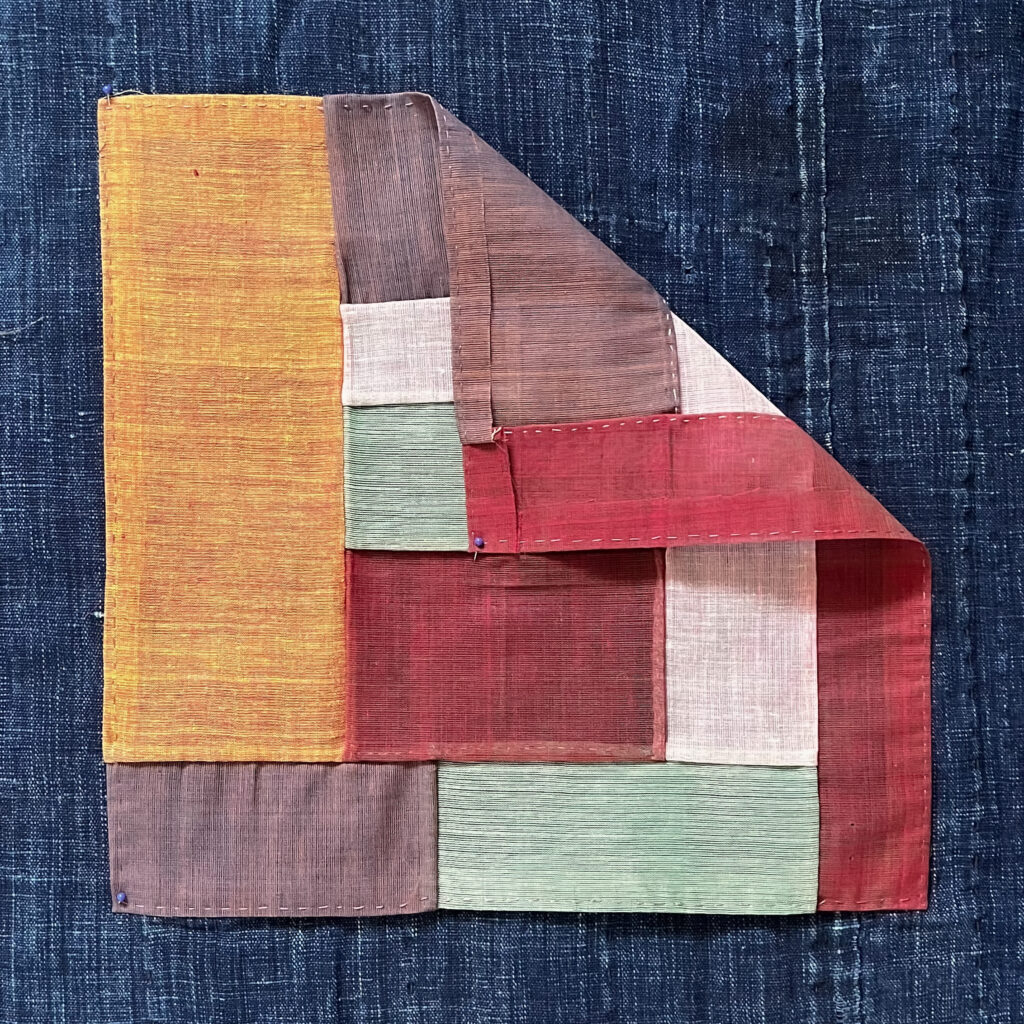
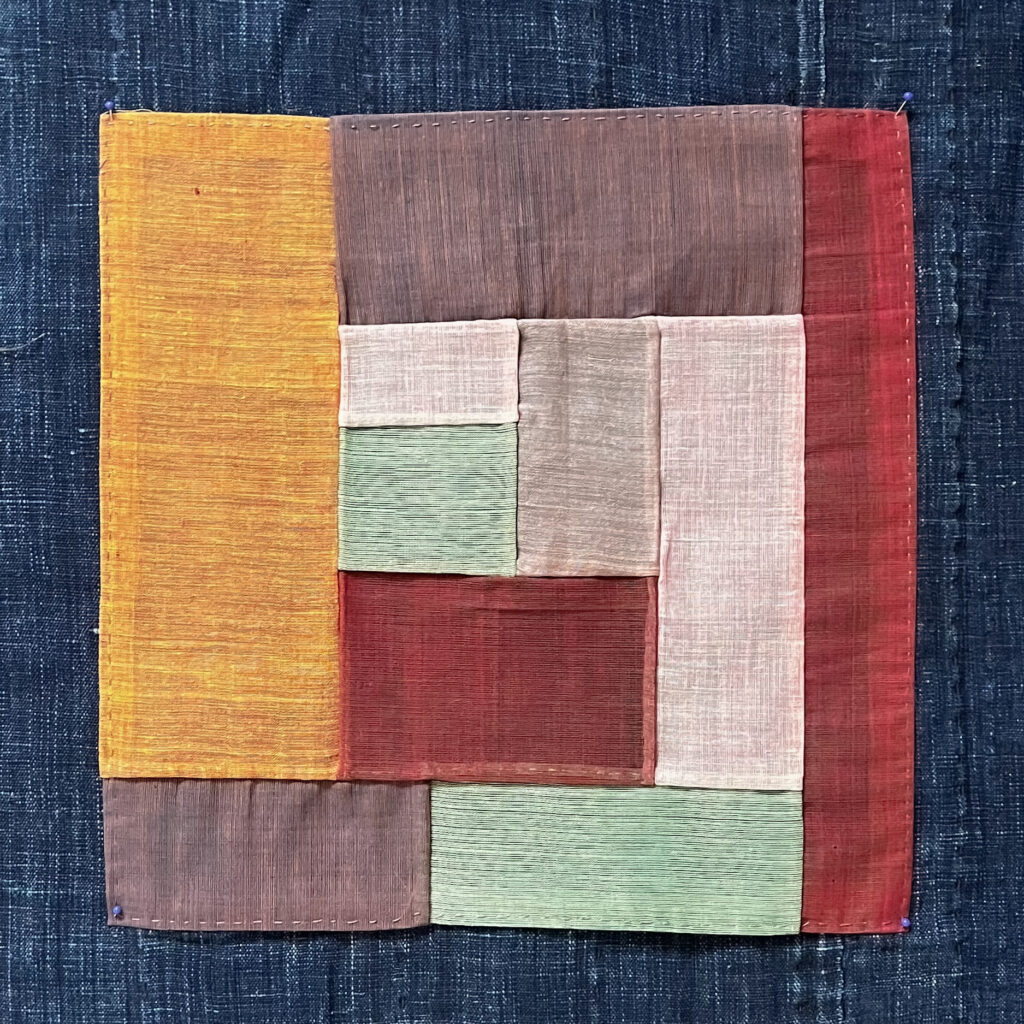
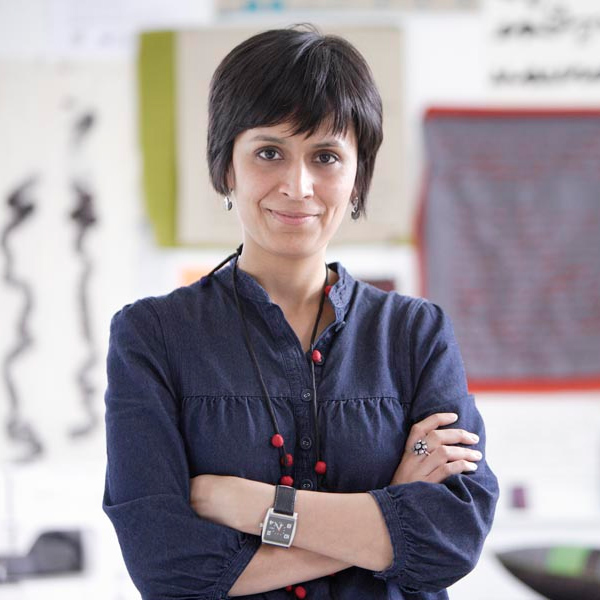
Ekta Kaul is a London based artist who explores place, history, memory, and belonging through stitched work. Her earliest quilting memories are of “hot afternoons spent with my grandmother, laying out fabric pieces, forming and reforming compositions.” She is drawn to the simplicity and fundamentality of the stitch, and the ways in which it opens the way for immense expression and depth. Through imagery and richly varied texture, her stitched works, and particularly her stitched narrative maps, create space for story to unfold.
“To me,” she says, “quilting is about bringing together layers of meaning, it is a journey of stitching personal and collective histories, narratives of place and people.” Her favorite quilt she has ever made, she tells us, is a map of Kolkata, the birthplace of her maternal grandmother. Recently, she has been conducting research for her upcoming book on Kantha, exploring this technique and artistry both historically and contemporarily. Ekta offers us the Embroidered Quilt Block, a deep exploration into the textural opportunities and rhythmic possibilities of the running stitch.
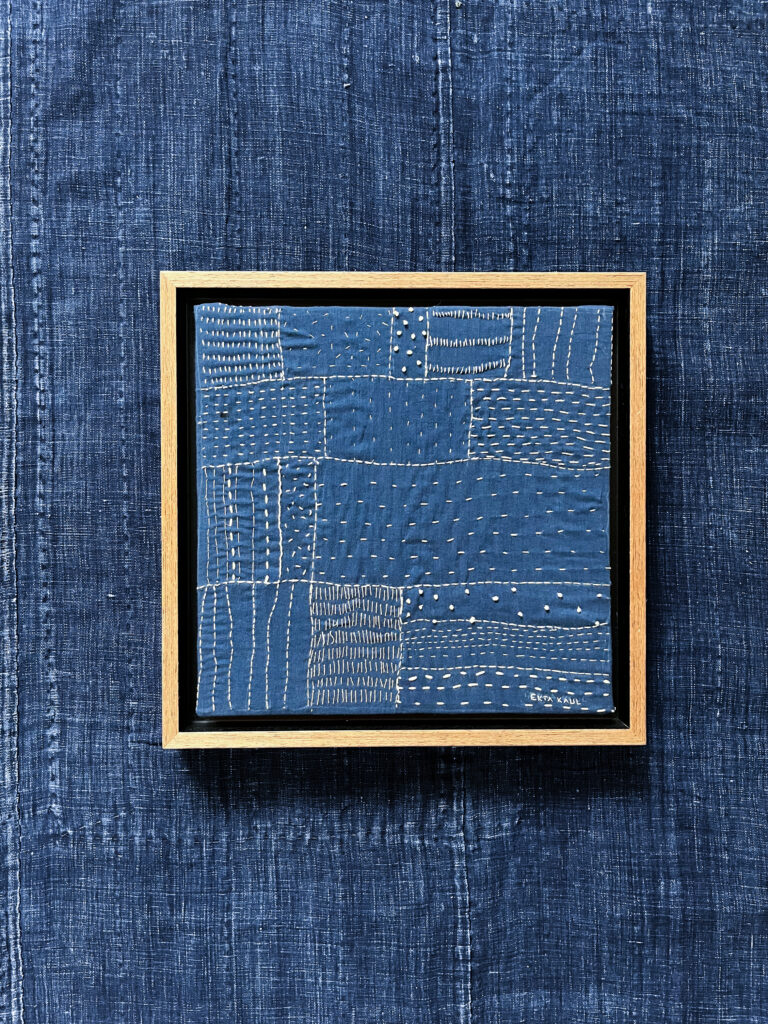
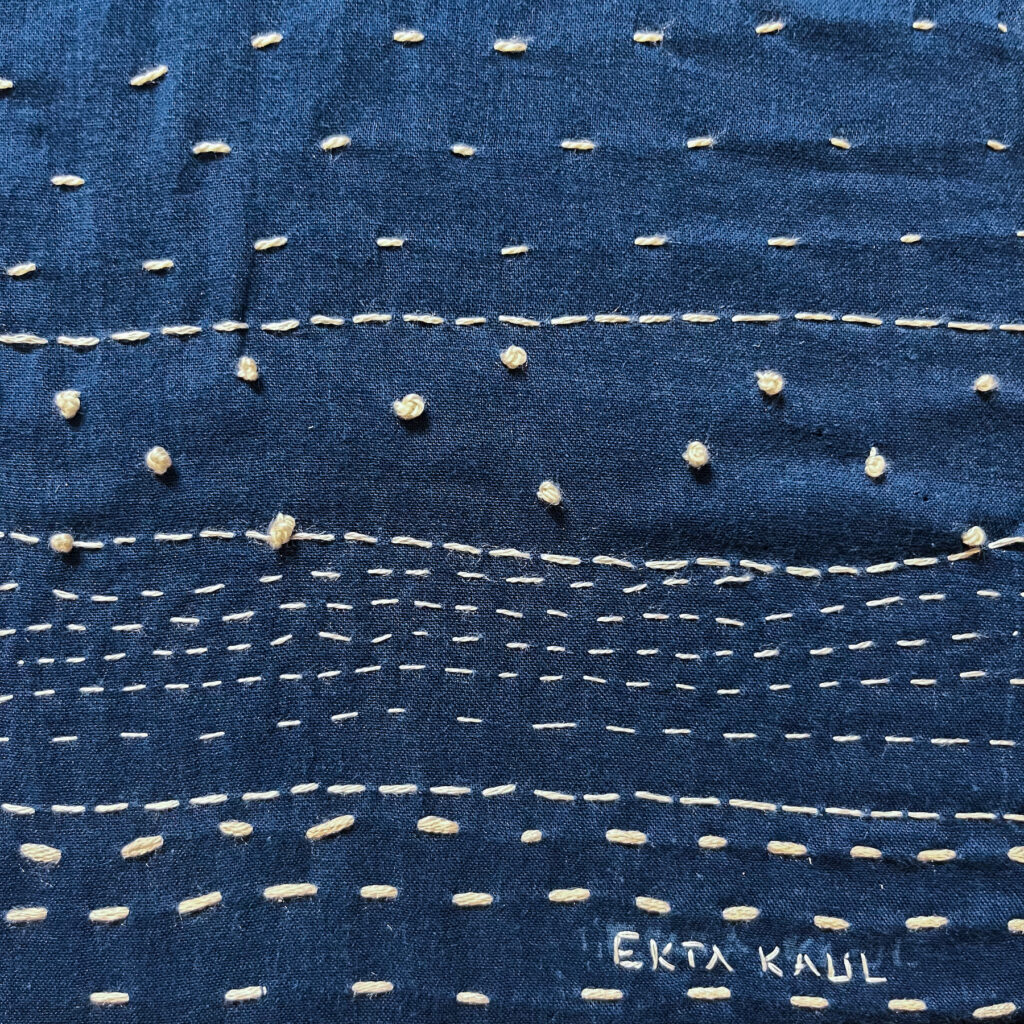
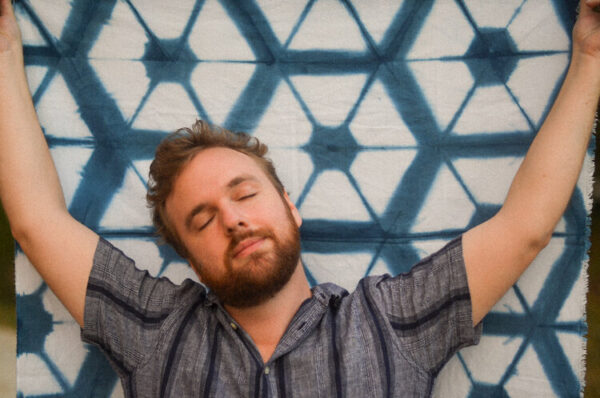

Aaron Sanders Head is based in Greensboro, Alabama. Through his work, he explores complex narratives of history and place. His quilts tell stories through historical and technical reference, as well as through palettes of naturally dyed cloth that reflect local vegetation and season, finding inspiration in “Stars, foraging, poetry, southern folk art, the landscape of West Alabama.” “Quilting grants the ability to take diverse fragments and reassemble them into something even greater than they were before,” he says. “That always keeps me coming back.”
Aaron will be teaching Manx Patchwork, a technique specific to the Isle of Man, in the middle of the Irish Sea between England, Wales, Ireland, and Scotland. Traditionally, Manx quilters used minimal tools to create these quilt blocks: needle, thread, cloth, and their hands. The measurements of each piece of cloth are determined by the unique size of the quilter’s hand, creating a sort of cloth handprint. These quilts are deeply rooted in place, reflecting the history of the island while telling subtle stories of each maker.
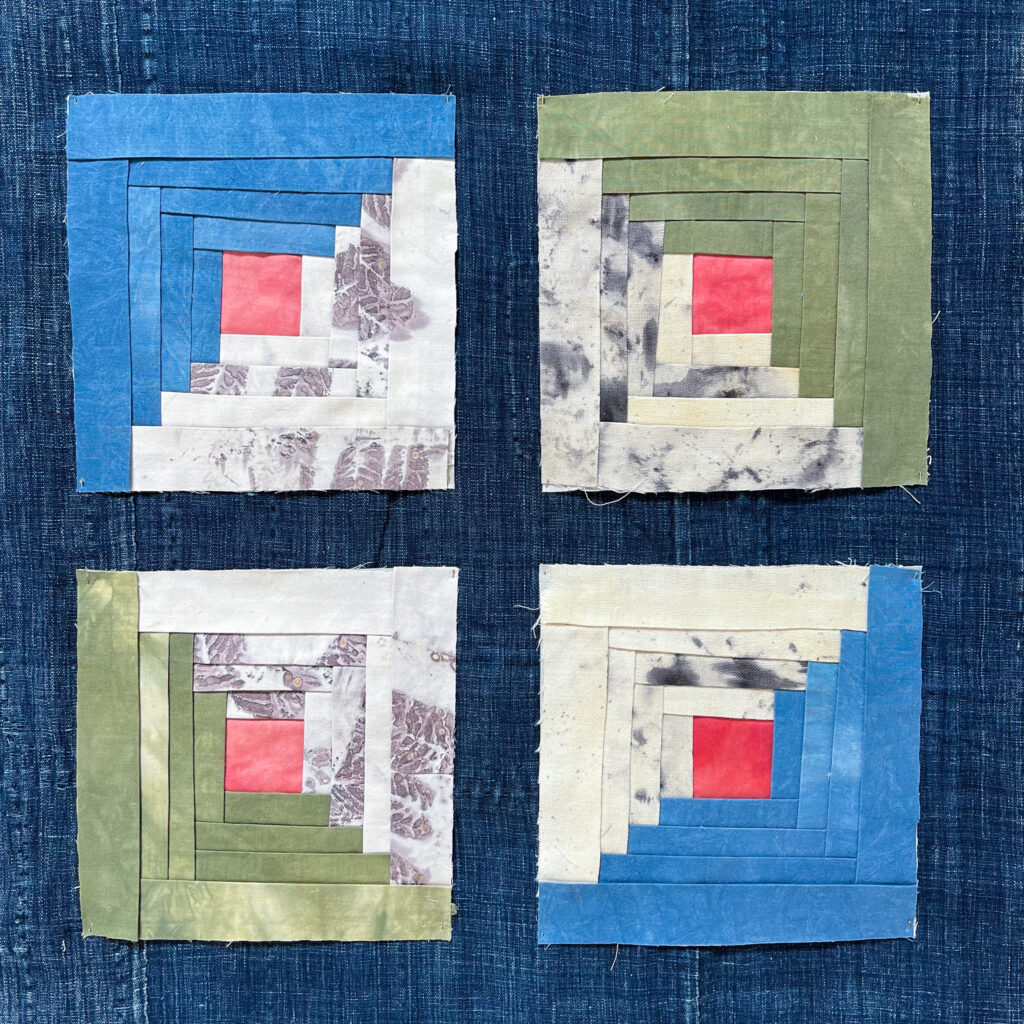
Join us for the Hand-Sewn Quilting Primer Series!
